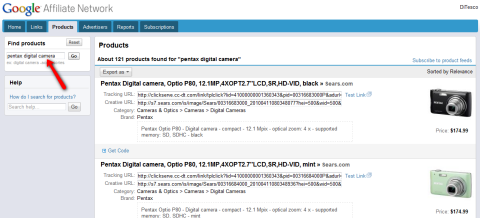
The Second World War was caused by:
a. Hitler’s Aims
- To unite German speaking people (using NSD which had been denied at the Treaty of Versailles.
- He wanted lebensraum (living space) in order to gain self-sufficiency (autarky)
- He wanted to dominate Europe and the World
To achieve any of these aims would involve breaking the Treaty of Versailles (28/6/1919), and this could lead to war.
b. The aggression of Hitler’s Allies
- Italy – Mussolini wanted a Fascist-Roman empire in the Mediterranean and Africa (e.g. Abyssinian invasion in 1935.)
- Japan – Japan wanted a Nipponese empire in the Pacific, extending into China and Australia (e.g. Manchurian invasion in 1931)
Germany, Italy and Japan were hostile to Communism (USSR), and this way a cause of war and vice versa.
c. Democratic powers were passive
- USA – Isolated
- France – France was unlikely, and reluctant, to intervene against Germany, because she could not rely on Britain’s and America’s support.
- Britain – Between 1934 and 1937, Britain was sympathetic to German recovery. Between May 1937 and March 1939, Britain appeased Germany.
These powers could have stopped Fascist aggression earlier than 1939.
d. The League of Nations failed to keep peace
See other notes.
Conclusion
War was caused by a combination of ‘a’ to ‘d’, but Hitler’s aims and actions were the main cause of war.
Reasons for Causes of War
Refer to map showing nine causes of war.
The Second World War was caused by Fascist aggression and the failure of democratic powers to stop this aggression.
- The rearmament of Germany was a cause for war because it broke the Treaty of Versailles (28th June, 1919)
- The remilitarization of the Rhineland (7th march, 1936) was a cause of war because it broke the Treaty of Versailles and the Locarno Pacts (1925)
- The Rome-Berlin Axis (October 1936) was a cause of war because it united the aggressive fascist powers and divided Europe into hostile camps.
- Chamberlain’s appeasement policy (after may 1937 – March 1939) was a cause of war because it broke the Treaty of Versailles and Treaty of St. Germain (10th September, 1919)
- The Anschluss of Germany with Austria (13th march, 1938) was a cause of war because it broke the Treaty of Versailles and Treaty of St. Germain (10th September, 1919)
- The Nazi annexation of the Sudetenland after the Munich conference (29th September 1938) was a cause of war, because it broke the Treaty of St. Germain.
- The Nazi occupation of Czechoslovakia in March 1939, cause war because it defied the Munich agreement and ended Britain’s appeasement policy.
- The Nazi-Soviet Pact (29th August 1939) caused war because it sealed Poland’s downfall.
- The Nazi invasion of Poland (1st September 1939) caused war because Britain had guaranteed Poland’s borders.
Causes of the Second World War (Detail)
See Map and Summary Sheet
Nine Steps to War
1. The Rearmament of Germany
German rearmament began after Hitler left 1932-4 Geneva Disarmament Conference, stating that as the powers would not disarm to his level, he would rearm Germany to their level. By 1935 rearmament was well underway. This involved conscription and munitions factories.
Rearmament alarmed the French who, feeling insecure, reinforced the Maginot line (built between 1929 and 1934). This was a line of steel and concrete fortifications stretching from Belgium to Switzerland and was called ‘a gate without a fence’ because Germany would be able to avoid it and invade France via Belgium. France remained passive without Britain’s support.
Britain was sympathetic towards Germany and even signed an Anglo German naval Treaty (June 1935) allowing Germany’s navy to be 35% of the size of the Royal Navy. Hitler used his new found arms to support Franco in the Spanish Civil War (1936-9) Hitler sent the Condor Legion of the Luftwaffe to bomb Guernica on 26
th April, 1937. Guernica was razed to the ground and Franco went on to conquer the Basque areas of Spain. Hitler had used Spain as a practise ground.
2. The Remilitarization of the Rhineland (1936)
Having broken the Treaty of Versailles once, Hitler risked doing it a second time by marching 30,000 troops into Cologne on 7
th March 1936. France, with 250,000 troops mobilised, remained passive because Britain would not support her. Britain took the view that Germany was ‘marching into her own back yard.’
To show that his remilitarization was popular, Hitler held a plebiscite, which showed that 98.8% were in favour. He went on to build his own defensive fortification, the Siegfried Line.
3. The Rome Berlin Axis (October 1936)
Originally Mussolini did not want to be Hitler’s ally and in 1935 talks were held with Britain and France at the Stresa Front, but these came to nothing when Anthony Eden of Britain threatened oil sanctions against Mussolini during the Abyssinian crisis. This caused the Rome-Berlin Axis in 1936. Mussolini and Hitler strengthened their alliance on two occasions
- The Anti-Commintern Pact (November 1937) with Japan.
- The Pact of Steel (May 1939).
4. Britain’s policy of Appeasement (May/June 1937 – March 1939)
Neville Chamberlain became British Prime Minister on 28
th May 1937, and followed the policy of appeasing Germany, believing that all Hitler wanted to do was unite German speaking people. In so doing, Hitler would break the Treaty of Versailles (28
th June 1919) but Chamberlain did not believe Hitler would cause war. Churchill disagreed, citing Mein Kampf (1924) where Hitler had written that Germany must regain lands ‘in the East … by the power of the sword.’
Chamberlain had misinterpreted Hitler’s aims. (We have the benefit of hindsight.)
5. The Anschluss with Austria (13th March, 1938)
Austrian Fascists wanted to unite with Germany but Schuschnigg, the Austrian Chancellor, wanted Austria to be independent. He was unable to gain support from abroad (France and the Little Entente) so agreed to meet Hitler in Berlin. He was persuaded to accept Hitler’s henchman Seyss-Inquart as Minster of the Interior. Rioting in Vienna increased under Seyss-Inquart’s leadership and Schuschnigg resigned. Seyss-Inquart invited Hitler to assist him and on 13
th March, 1938 troops from the Wermacht entered Austria. In a plebiscite on the Anschluss a vote of 99.75% in favour was recorded. This was ‘rigged’ by biased questioning. Hitler made it seem that he had been invited into Austria, in fact he had incited the union.
6. Hitler Gained the Sudetenland (29th September, 1938)
The Sudetenland was lost by Austria in the Treaty of St. Germain (10
th September 1919) and hereby Czechoslovakia gained 3 million German speaking people. After the Anschluss the Sudeten German leader, Konrad Henlein, demanded a union with Germany. Unable to receive help from France, the Czech Premier, Benes, mobilised alone. Fearing war, Chamberlain met Hitler on three occasions at Berchtesgaden, Godesburg and at Munich.
Munich Agreement (29th September, 1938)
This was signed by Hitler, Mussolini, Chamberlain and Daladier. Benes was not present. It said:
- Hitler could take the Sudetenland the following day without a plebiscite
- Hungary and Poland could take border districts from Czechoslovakia
- Britain and Germany would never go to war.
Chamberlain’s Reaction
On his return to England, Chamberlain announced that he had gained ‘peace with honour, peace in our time’. The majority rejoiced, except Churchill.
Hitler’s Reaction
In public Hitler seemed satisfied, but in private he exploded saying ‘that fellow Chamberlain has spoiled my entry into Prague.’
7. The Fall of Czechoslovakia (March 1939)
In March 1939, Hitler forced Lithuania to give him Memel where most people spoke German. So far Hitler had only taken German speaking territory, so Chamberlain could still appease Hitler. However, in March 1939, Hitler threatened to bomb Prague, so the Czechs surrendered. Chamberlain realised appeasement had failed, so he began to rearm Britain and guarantee peace in Poland.
8. Nazi-Soviet Pact (29th August, 1939) – The Ribbentrop-Molotov Pact
By the summer of 1939, Hitler’s plans to invade Poland were complete. He realised that to invade Poland mighty cause Britain to attack him from the West but he was more concerned to avoid a Russian attack from the east. Therefore to avoid a war on two fronts, he arranged the Nazi-Soviet Pact, which said that if either country went to war the other would remain neutral.
Hitler gained the chance to invade Poland with a war on one front, if Britain supported Poland.
Stalin of USSR gained time to rearm in case Hitler attacked him later, and the chance to gain the eastern half of Poland. This would provide the USSR with a bufferzone.
9. German Invasion of Poland (1st September, 1939)
German tanks invaded West Prussia and Posen on the 1
st September 1939 using blitzkrieg tactics. (This is a lightning, sudden attack co-ordinating air, then land forces). Chamberlain sent an ultimatum (a warning with a threat) saying that if Hitler did not withdraw from Poland by 11am, 3
rd September 1939, Britain would declare war. On 3
rd September, Britain, followed by France, declared war on Germany.
Causes of the Second World War - Vocabulary
- Lebensraum – living space, e.g. Hitler’s aim to take land from bordering states to achieve self-sufficiency (autarky)
- Anschluss – union, e.g. Austria and Germany (March, 1938)
- Appeasement – to give into an aggressor little by little, in the hope of preventing war. E.g. Britain appeased Germany (May/June 1937 – March 1939)
- Blitzkrieg – lightning attack, co-ordinating air and land forces. e.g. Germany’s attack on Poland (1st September 1939)
- Remilitarization – rearming and area, e.g. Germany remilitarized the Rhineland (1936)
- Plebiscite (referendum) – a vote on an issue, e.g. Hitler’s plebiscites on remilitarization and the Anschluss of Austria and Germany (Hitler fixed his referendums in 1936 and for the Anschluss in 1938, so no-one expected him to have a plebiscite for the Sudetenland. He fixed them by biased questioning.)
- Ultimatum – a warning with a threat, e.g. Britain’s ultimatum for Hitler to leave Poland by 11am on the 3rd September 1939.
- Buffer zone – a protective barrier of land, e.g. Eastern Poland taken by the USSR as protection against a future German attack.
- Rearmament – manufacturing of weapons and conscription, e.g. Germany (after 1934), Britain after the taking of Sudetenland
- Autarky – self-sufficiency economically, e.g. Germany under Hitler and Schacht to enable Germany to avoid imports
- Aggression – hostile or violent action, e.g. Germany was aggressive towards Czechoslovakia (March, 1939) and Poland (1st September, 1939)
- Diktat – none-negotiated decision/arrangement, e.g. The Munich Agreement, forced onto Czechoslovakia (1938)
- Passive – to spectate, i.e. not take part in the action, e.g. Britain and France were passive towards the German remilitarization of the Rhineland (March 1936)
- Incite – devious planning, e.g. Hitler incited the Anschluss (March, 1938)
Causes of the Second World War (Summary)
Long term, Short term and Immediate Causes
Long term
- The harshness of the Treaty of Versailles (28th June, 1919) on Germany:
- Land losses
- Reparations
- War Guilt
- The failure of the League of the Nations to:
- Keep peace
- Bring about disarmament
Short term
- a. Hitler’s aggression:
- His aims
- His actions (see steps to war: 1,2,3,5,6,7,8,9)
- The aggression of the other powers:
- Italy – Abyssinia (1935), Rome-Berlin Axis, Anti-Commintern Pact, Albania
- Japan – Manchuria (1931), Anti-Commintern Pact (November, 1937)
- Russia – Nazi-Soviet Pact, Invasion of Poland
- The democracies were too passive
- USA – isolation
- France – would not do anything without Britain’s support
- Britain – sympathetic towards Germany, e.g. Anglo-German Naval Treaty (1935) and later appeased her (May/June 1937 – March 1939)
Immediate
- German invasion of Poland (1st September, 1939)
© 2010-2012 The Little Ganesha® All Rights Reserved.



 15/70 is the world's largest film format and was conceived as part of the development of the first IMAX projector (1970). For a filmmaker, large format film can be a creatively irresistible, but at the same time, highly challenging medium to work in.
15/70 is the world's largest film format and was conceived as part of the development of the first IMAX projector (1970). For a filmmaker, large format film can be a creatively irresistible, but at the same time, highly challenging medium to work in. 
 The IMAX Camera
The IMAX Camera Alternate Formats
Alternate Formats

 IMAX, IMAX 3D and IMAX Dome projectors are the most advanced, precise and powerful film projectors ever built. IMAX Rolling Loop technology ensures far superior picture and focus steadiness to deliver the largest, sharpest and brightest images imaginable.
IMAX, IMAX 3D and IMAX Dome projectors are the most advanced, precise and powerful film projectors ever built. IMAX Rolling Loop technology ensures far superior picture and focus steadiness to deliver the largest, sharpest and brightest images imaginable. Sound
Sound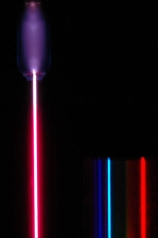
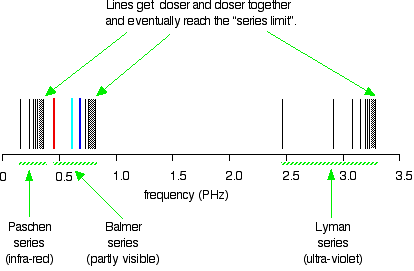
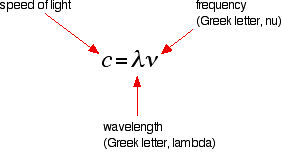
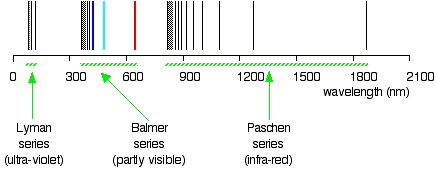
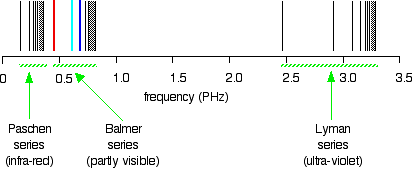

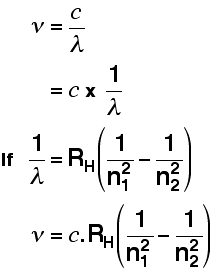
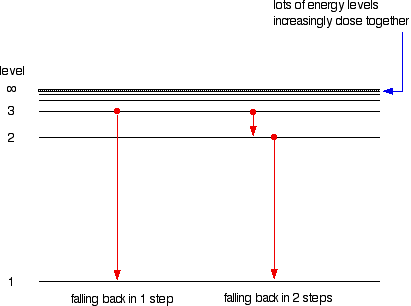
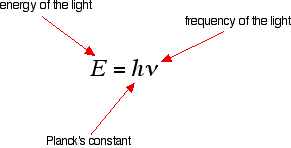
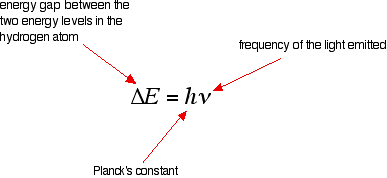
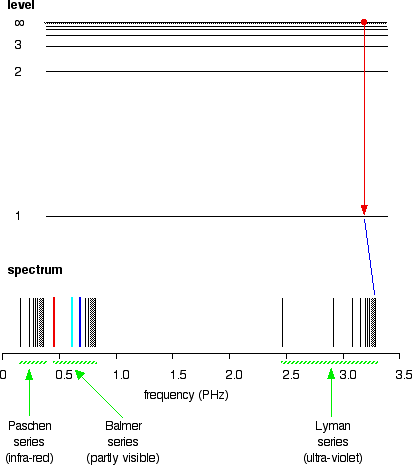
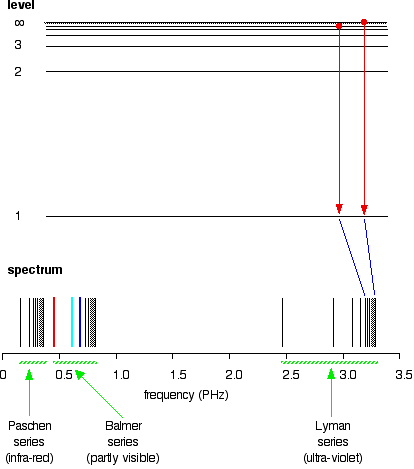
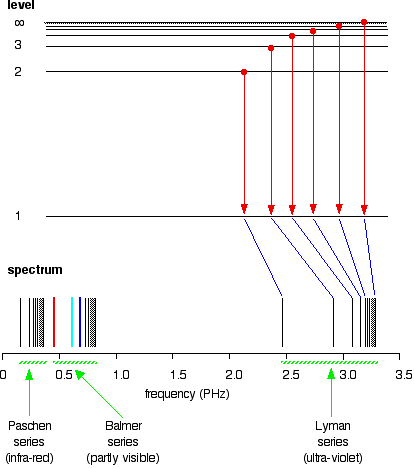
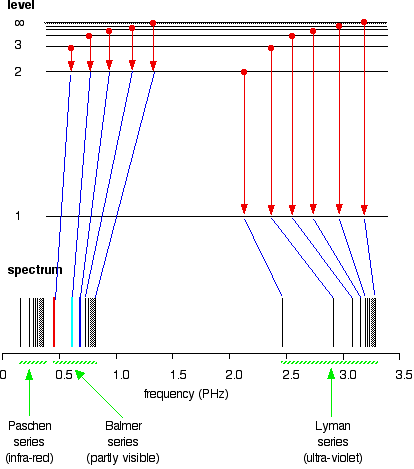
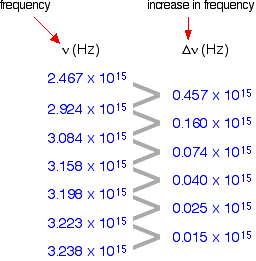




 By looking at the results, I immediately see that the top search term for the period I have queried is “digital camera”. On the right hand side of the report, I see that the rising trend (a whopping 200%) for the query I have made is “Pentax Digital Camera”. Heading back to
By looking at the results, I immediately see that the top search term for the period I have queried is “digital camera”. On the right hand side of the report, I see that the rising trend (a whopping 200%) for the query I have made is “Pentax Digital Camera”. Heading back to 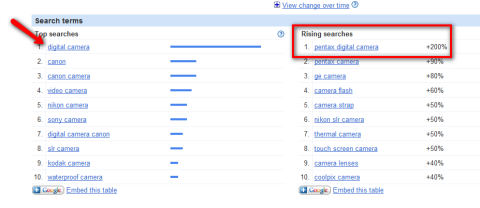 From the results found, all I have to do now is select a product and promote it. Obviously, there is a possibility that you won’t find a product or service within the network. If that happens, you can always use any other affiliate network you are working with. This method when applied will allow you to promote more targeted products or services while at the same time promote the advertiser’s other available items. In either cases, if it converts, you make a sale and earn your commission.
From the results found, all I have to do now is select a product and promote it. Obviously, there is a possibility that you won’t find a product or service within the network. If that happens, you can always use any other affiliate network you are working with. This method when applied will allow you to promote more targeted products or services while at the same time promote the advertiser’s other available items. In either cases, if it converts, you make a sale and earn your commission.